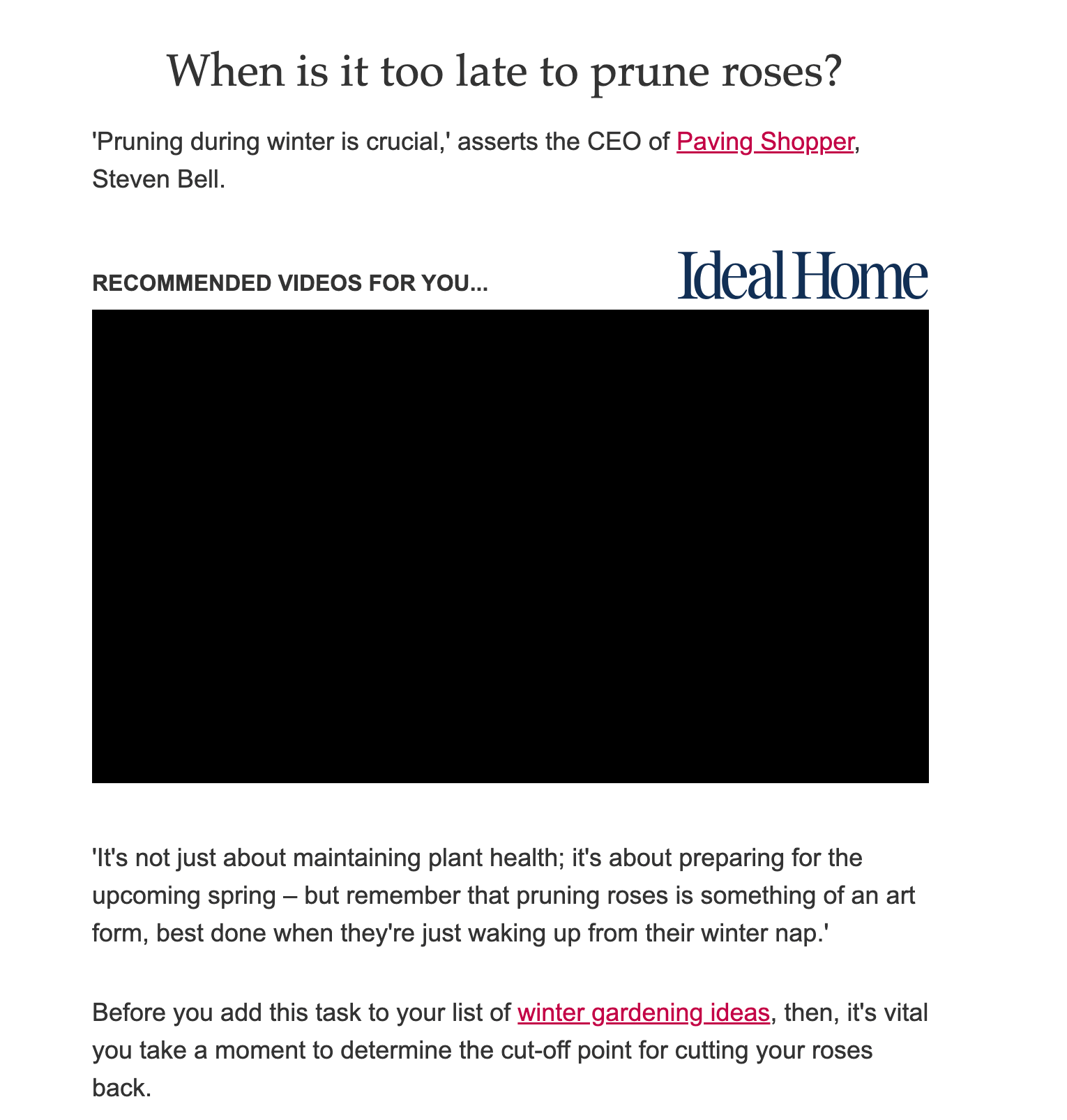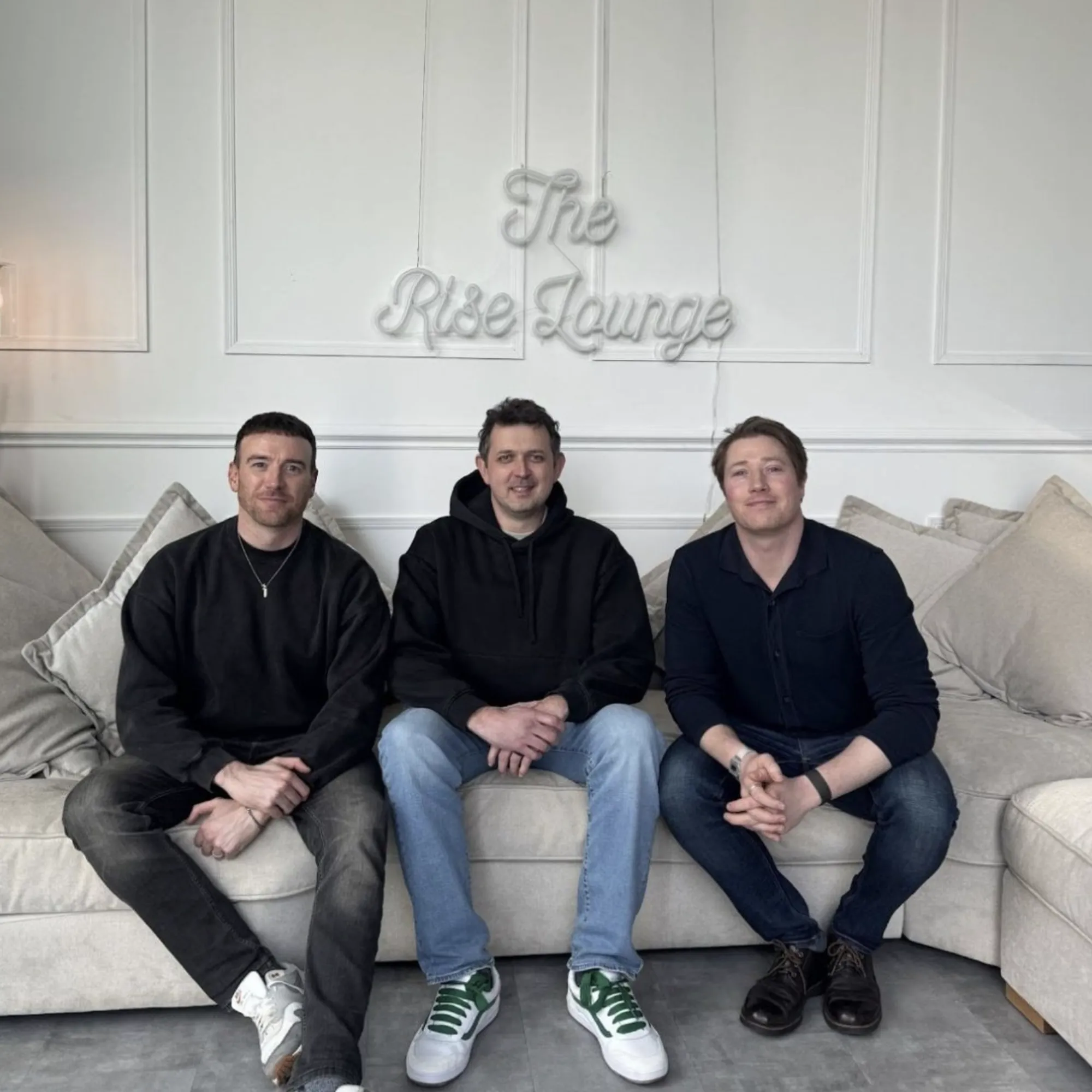
The P and the R: the importance of proactive and reactive strategies in Digital PR


PR as an industry is constantly evolving, and it is important to remain adaptable and keep on top of what feels like an ever-changing landscape. I’ve learned first-hand that a one-size-fits-all approach of strictly proactive or solely reactive PR strategy may not work for every brand or client. How? I’m a Digital PR Executive with experience in carrying out proactive and reactive strategies for a variety of clients across fashion, beauty, lifestyle and even construction sectors - and now I want to share what I’ve learned with you.
In the last year, demand for newsjacking in the UK has increased by 29%. It has become a key technique for building links and gaining brand awareness, garnering some impressive results.
If what you just read didn’t make any sense, don’t worry. I’ve got you.
I’m going to be sharing my insight into how and why you should be combining both proactive and reactive activity for the most effective PR strategy you’ve ever seen.

What even is newsjacking/reactive strategy?
Newsjacking is the technique of jumping on a trending topic or a breaking news story, and offering additional commentary, statistics or data from your client or brand to generate links and increase brand awareness.
I love using this strategy alongside planned content and proactive strategy, and it has resulted in incredible media placements for my clients and their brand in top tier publications. What’s great about newsjacking and reactive PR is that it can be used across a variety of industries and sectors - there are no limits to what you can do with it.
For finance and retail, your client could provide thought leadership from in-house experts on relevant topics. For fashion, beauty and lifestyle topics, your client could provide additional statistics and data on popular culture events that have caused a surge in consumer interest.
Newsjacking and reactive PR is also the perfect strategy to support your client during those quiet spells where you could be waiting for campaigns to be signed off, or for assets to be built.
Speed and relevancy are imperative when carrying out newsjacking and reactive PR. You’ll want to quickly place your client in the centre of the conversation when a trending topic arises, but you’ll also want to ensure that the topic is relevant to the brand. Always ask yourself: is this topic a good fit for the client? If yes, you’re onto a winner.
Example of effective newsjacking:
Our CEO, Carrie Rose, explains how Rise at Seven successfully combined speed and relevancy to put our client at the centre of a trending topic. We spotted the increase in the number of people talking about Squid Game and decided to quickly jump on the trend.
The PR and data team worked together to provide stats on the increase in demand and sales of white Vans trainers since the release of the hit Netflix series, and strengthened the story with a relevant news hook. This resulted in over 400 media placements.

Three tips for keeping on top of trending topics and the news cycle:
- It can be challenging to monitor everything that’s happening in the news cycle and on social media. I have found that taking the first 10-20 mins of my day to scan over the current news and browse social channels is a useful way to absorb what happened overnight and what’s happening that day.
- I use the news tool, Feedly, to curate tailored news feeds that are optimised to suit my clients and their relevant industries. Feedly is a great way to pull news from a variety of sources into one location to avoid being overwhelmed.
- The Smart 7 podcast is great to listen to in the morning. It gives the best news stories of the day in 7 minutes, and is one of my favourite ways to get the day's news in a bitesize format.
What is planned content and proactive strategy?
Planned content and proactive strategy include the stories and topics originating from your brand. Unlike newsjacking, planned content and proactive strategy create the news you want to put out to the press rather than jumping on already trending topics. This can be done in a variety of ways, for example, press announcements and PR stunts.
One of the most effective ways to carry out this strategy is via PR campaigns. They are great for tapping into those key brand moments and milestones that you want to drive focus to.
Examples of successful proactive strategy:
This campaign launched for the same client as the Squid Game reactive and also had a brilliant reception. The campaign focuses on combining sneakers and popular themes to create brand new shoe concepts.
Not only was the campaign 100% relevant for the brand, but it also created a buzz around a completely new topic. This resulted in over 50 media placements for the client in key news publications such as CBR, Screen Rant, TechRadar and Rolling Stone PT.
Combining both reactive and proactive strategies for this client meant that they were able to land over 450 media placements, causing the brand to go viral on more than one occasion.
So many believe you have to have a huge brand and authority to be successful at this. But finding a way to provide expert commentry specific to your niche is doable no matter the topic. Check out Paving Shopper for example, consistently providing expert commentry or tips around gardening, paving slabs and "how to content" to press to gain links on the likes of relevant and high authority press like idealhome.

What are the benefits of combining both strategies to strike the perfect balance?
Utilising both strategies ensures you’re getting the most out of your PR strategy to get your brand out there.
- Planned content means you are still able to tap into those key moments that are important to your brand. It also allows you to create your own stories and control the topics you want to align your brand with.
- Newsjacking allows you to get your brand in the centre of a conversation quickly, whether by providing additional comments to add value to an article or jumping on a trending topic to showcase the relevance of your brand/product.
- Relevance is key when creating your PR strategy. Your brand or the client should be at the forefront of every decision you make. Ask yourself: does this make sense for the brand to get involved with?
- By combining the two strategies, you can ensure your client has ongoing PR efforts without the need to pause due to delays.
- You also increase the opportunity to diversify your client's backlink profile by achieving links in a variety of publications.
- Set out the key brand moments that you want to focus on and allow the reactive content to slot in between them for a seamless PR strategy.
If you got this far, thanks so much for reading and I hope you found this content useful. Feel free to connect with me on LinkedIn for more PR tips, tricks and insights!
















